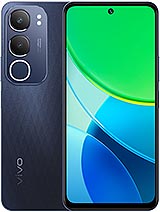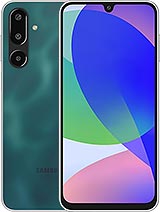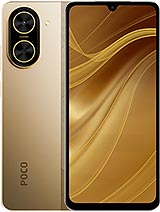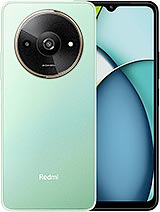Infinix Note 50s alternatives
Tap above to see alternatives.
Lava Shark 5G alternatives
Tap above to see alternatives.
Infinix Note 50s
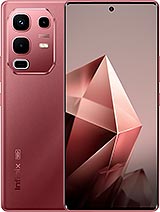
Infinix Note 50s
-
Dimensity 7300
4 nm
-
5500 mAh
45W
-
6.78"
1080 x 2436 pixels
-
64 MP
4K@30fps
-
Specs

Lava Shark 5G

Lava Shark 5G
-
Unisoc T765
6 nm
-
5000 mAh
18W
-
6.75"
720 x 1612 pixels
-
13 MP
1080p@30fps
-
Specs

4x2.5 GHz Cortex-A78
4x2.0 GHz Cortex-A55
2.3 GHz, Dual core, Cortex A76
2.1 GHz, Hexa Core, Cortex A55
8GB 256GB (UFS 2.2)
f/1.8, (wide), 1/1.73", 0.8µm, Sony IMX682, PDAF
2 MP
(wide), AF
1080p@30fps
f/2.2, (wide)
1080p@30fps
SIM1: Nano, SIM2: Nano
SIM1: Nano, SIM2: Nano
10 5G bands
n1, n3, n5, n8, n28, n38, n40, n41, n77, n78
7 5G bands
n1, n5, n8, n28, n40, n77, n78
In this performance comparison, the Infinix Note 50s with its Mediatek Dimensity 7300 (4nm) performs better than the Lava Shark 5G with the Unisoc Unisoc T765 (6nm), thanks to superior chipset efficiency.
Infinix Note 50s offers 2 years of OS updates, while Lava Shark 5G does not have confirmed OS update information. Infinix Note 50s receives 3 years of security updates, while Lava Shark 5G does not have confirmed security update information.
Infinix Note 50s features a superior AMOLED display, while Lava Shark 5G comes with an LCD panel. In terms of smoothness, Infinix Note 50s offers a higher 144 Hz refresh rate, ensuring fluid scrolling and animations. Both devices deliver the same brightness level at nits. Notably, Infinix Note 50s offers a higher screen resolution, resulting in sharper visuals and more detailed content.
Infinix Note 50s comes with a larger 5500 mAh battery, which may offer longer usage on a single charge. Infinix Note 50s also supports faster wired charging at 45W, compared to 18W on Lava Shark 5G.
Infinix Note 50s offers better protection against water and dust with an IP64 rating.
- Infinix Note 50s – Check price here
- Lava Shark 5G – Check price here
¹ Scores can vary even with the same chipset due to RAM, thermals, and software optimization.



